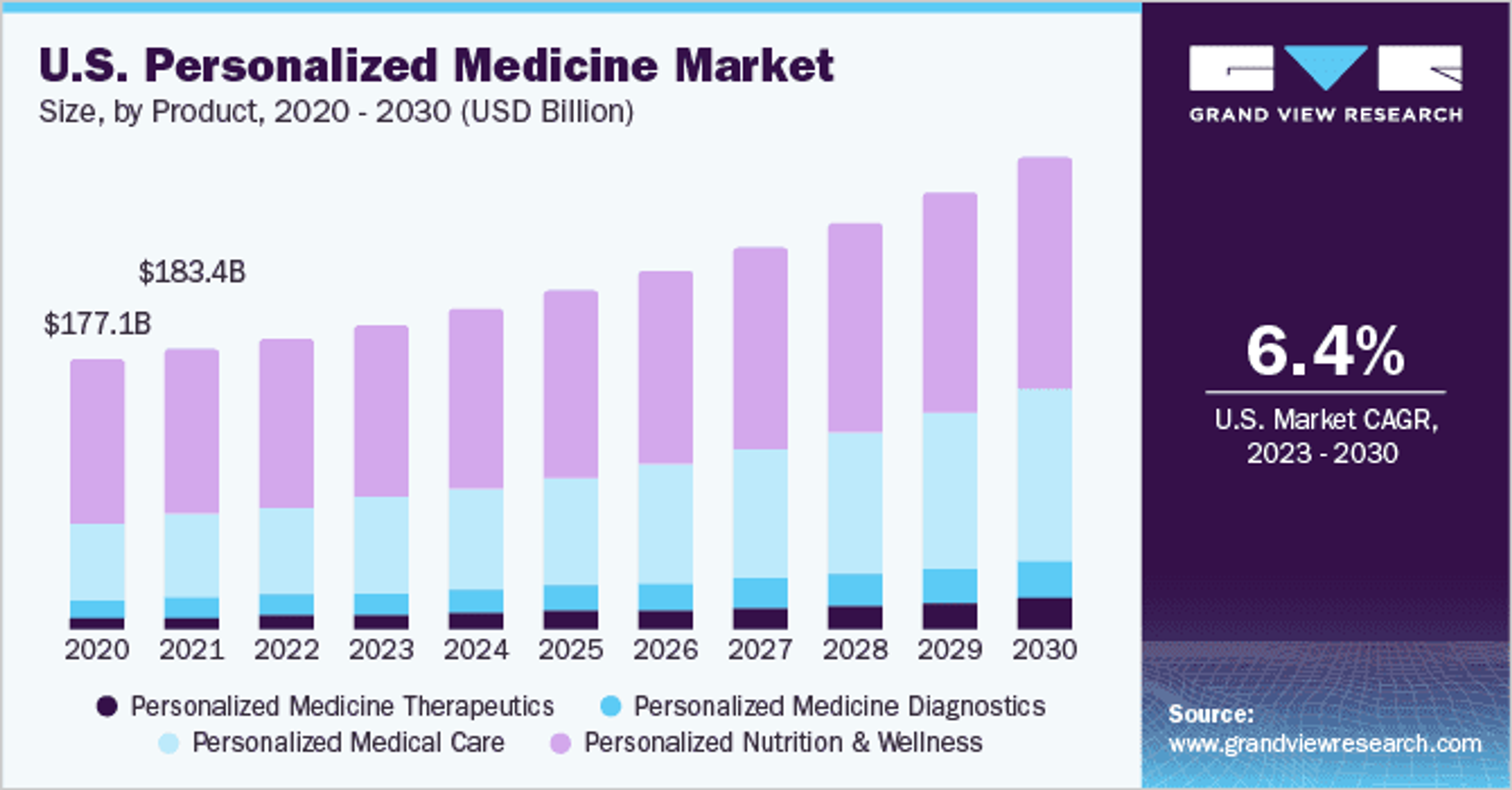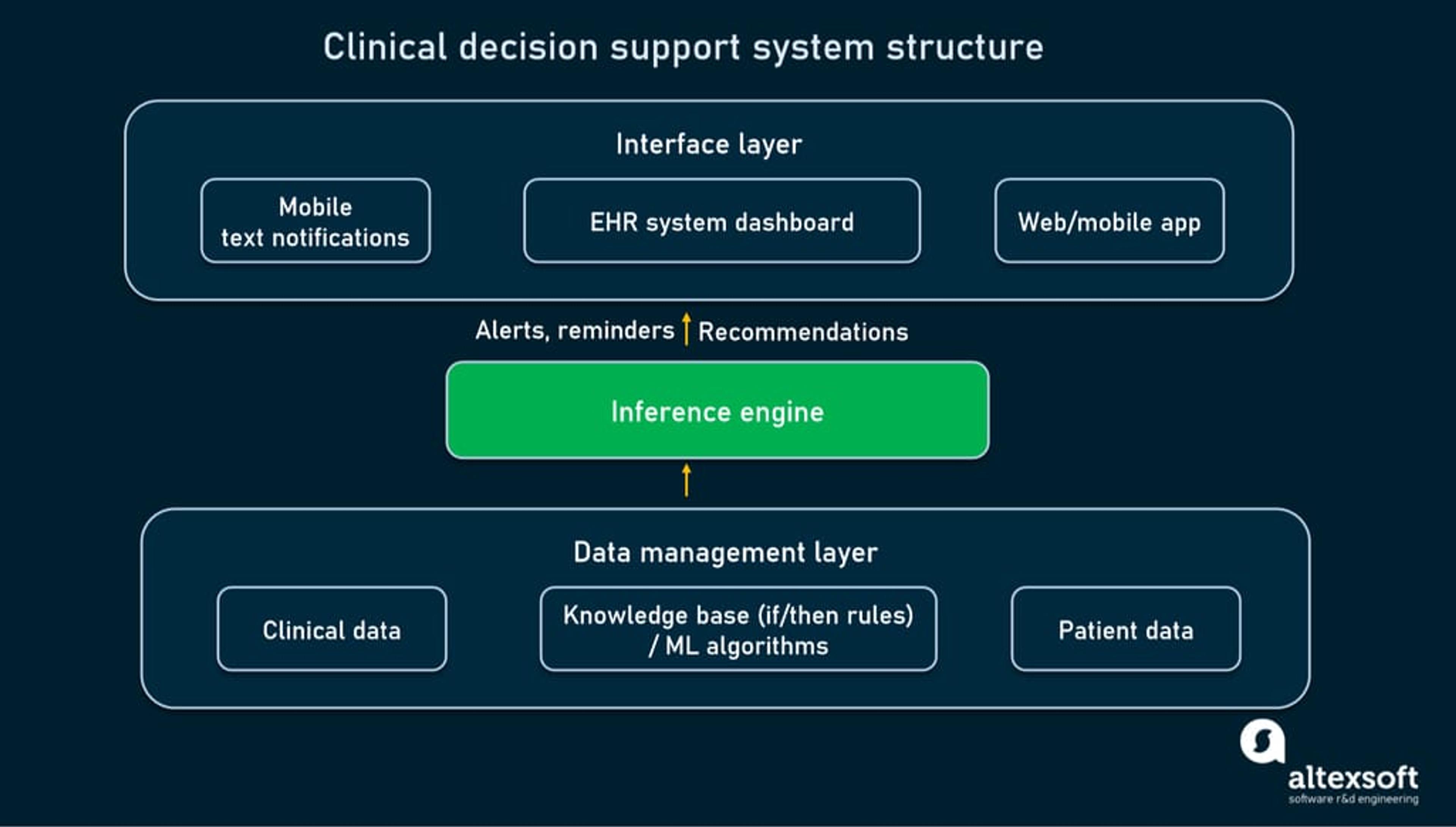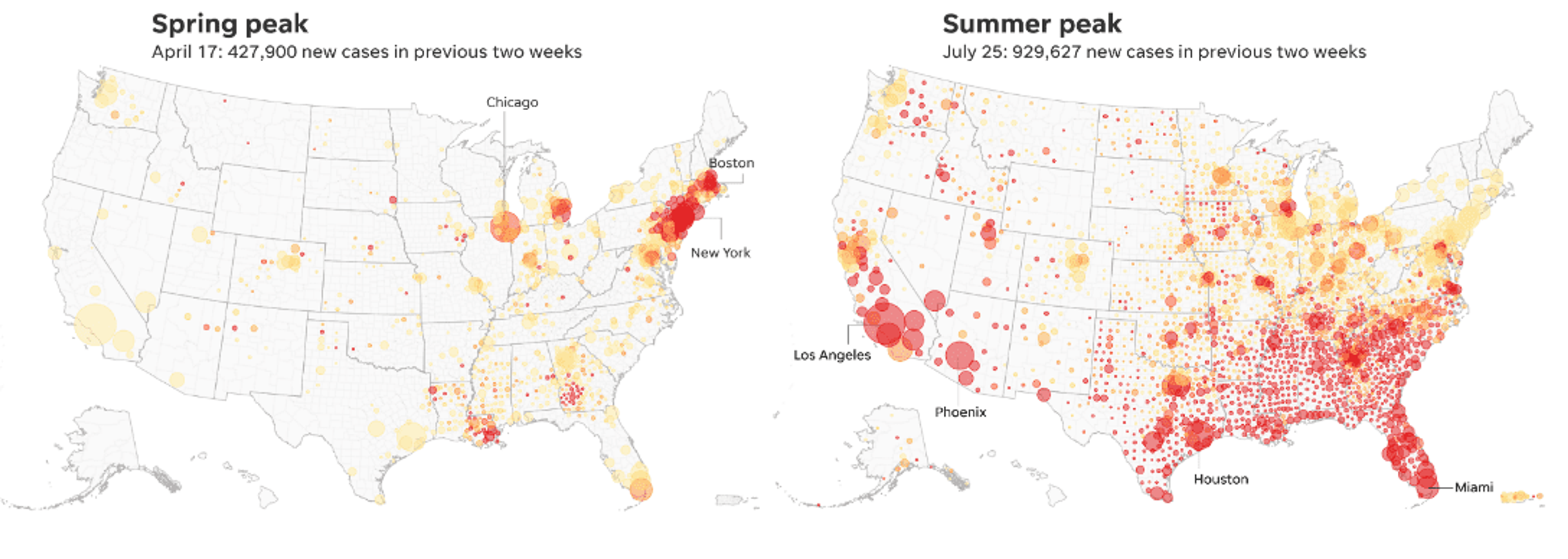blog
Data Analytics for Healthcare Providers: The Complete Guide

SECTIONS
Data analytics for healthcare providers is transforming the landscape of medical care, enabling a leap from intuition-based decisions to data-driven precision. This evolution harnesses the power of vast datasets to predict outcomes, personalize treatments, and improve overall patient care. As the industry gravitates towards value-based care models, these capabilities are becoming crucial.
The significance of data analytics also extends beyond individual patient interactions, influencing the broader landscape of healthcare delivery. It’s powering an industry-wide shift from reactive to proactive care, where prevention and early intervention become the norm.
This article will guide you through the transformative evolution of healthcare data analytics, highlighting its pivotal role in shaping a more efficient, personalized, and innovative healthcare system.
Key Takeaways:
- Data analytics is pivotal in transitioning healthcare from intuition-based to precision-driven care, enhancing patient outcomes and operational efficiency.
- The integration of EHRs and advancements in computing have enabled the deep analysis of healthcare data, leading to personalized patient care.
- Implementing data analytics faces challenges like data privacy concerns and the need for interoperability, but strategic solutions can overcome these obstacles.
- Practical applications of data analytics in healthcare range from analyzing EHRs to predictive analytics, significantly improving patient safety and care quality.
- The future of healthcare lies in leveraging data analytics for proactive, predictive, and personalized care, setting new industry standards.
The Evolution of Data Analytics for Healthcare Providers
The advent of healthcare data analytics marked a significant departure from traditional, intuition-based decision-making to a more nuanced, evidence-driven approach. This shift was primarily facilitated by the digital revolution in healthcare, notably the introduction of Electronic Health Records (EHRs) in the late 20th century.
EHRs laid the foundational infrastructure for digitizing patient information, making data not only more accessible but also analyzable on an unprecedented scale. Simultaneously, advancements in computing power and data storage technologies during the same period enabled the handling and analysis of the vast amounts of data generated by EHRs and other digital health tools.
This convergence of digital records and enhanced computational capabilities has allowed healthcare providers to leverage data analytics for deeper insights into patient care and operational efficiency. As a result, the healthcare industry has seen a transformative shift towards precision medicine, where treatments are increasingly tailored to the individual patient based on data-driven insights, significantly improving outcomes and efficiency in care delivery.
Providers are taking note, investing in the tools and technologies they need to meet patient expectations for personalized care. The market for personalized medicine has been growing steadily since 2020 and is projected to continue on this trajectory through 2030.

Image Source
There are several components of healthcare data analytics that contribute to the ability for providers to gain insight and make data-driven decisions. These include:
- Descriptive Analytics: Analyzes historical and current data to provide insights into healthcare operations and patient health status, helping organizations make informed decisions
- Predictive Analytics: Forecasts future events, enabling healthcare providers to identify potential health risks and outcomes
- Prescriptive Analytics: Integrated with clinical decision support systems to suggest actionable strategies and predict the outcomes of these decisions
- Big Data: Processes complex and voluminous datasets, offering a comprehensive view of patient and public health as well as larger healthcare landscape trends
The combination of these components empowers healthcare providers to deliver personalized, efficient, and proactive care. At the same time, the larger integration of data analytics into healthcare is not just enhancing patient outcomes but setting new standards for the industry, heralding a future where every decision is informed by data.
Implementing Data Analytics: Challenges and Solutions
Implementing data analytics in healthcare presents a unique set of challenges. With strategic approaches, these obstacles can be navigated successfully. At the forefront are data privacy and security concerns, critical in an era where patient data is both invaluable and vulnerable. Healthcare providers must adhere to stringent regulations like HIPAA in the U.S., ensuring data is not only secure but also used ethically.
Overcoming barriers to data integration and interoperability is another significant hurdle. Healthcare data is often siloed across different systems, making cohesive analysis challenging. Solutions include adopting standards like FHIR (Fast Healthcare Interoperability Resources) and investing in middleware solutions that facilitate seamless data exchange between disparate systems.
Effective data management and governance are paramount for the successful implementation of data analytics. This involves establishing clear policies on data access, data quality control, and data usage, as well as training staff to understand the importance of data governance and their role in maintaining it.
By addressing these challenges with thoughtful, innovative solutions, healthcare providers can leverage the full potential of data analytics to enhance patient and operational outcomes.
Practical Applications of Data Analytics in Healthcare
Data analytics in healthcare is reshaping the way medical professionals approach patient care, diagnosis, and treatment. Here are several common and impactful real-world applications of data analytics in the healthcare sector:
Analyze EHRs
EHRs contain a patient’s medical history, diagnoses, medications, treatment plans, immunization dates, allergies, radiology images, laboratory test results, and more. They provide data that, when enhanced by analytics capabilities, can enhance patient safety through more proactive, accurate, and personalized diagnosis and treatment.
Real-time Alerting
Clinical decision support systems utilize real-time data analytics to analyze medical data on the spot, providing health practitioners with critical insights as they make prescriptive decisions. They take healthcare data from a variety of sources, process it via its inference engine, and display it on a user interface (which can be for the provider or end user/patient).

Image Source
Analytics plays a key role in managing the vast and disparate data that must be processed in order for CDS systems to deliver accurate diagnostic and decision-making insights.
Predictive Analytics
Predictive analytics uses historical data to forecast future outcomes, which can help healthcare providers anticipate disease outbreaks, patient admissions, and more. This enhances patient care with more personalized treatment plans, effective early detection and diagnosis, improved operational efficiencies, and optimized resource allocation.
Fraud Detection and Security Enhancement
Data analytics tools are employed to detect and prevent fraud and enhance security measures within healthcare organizations. They are essential for protecting sensitive patient data against cyber threats and ensuring regulatory compliance.
Medical Imaging Analysis
Big data analytics supports the analysis of medical images, such as X-rays and MRIs, with greater accuracy and efficiency. This technology is instrumental in enhancing diagnostic processes by identifying patterns invisible to the human eye. This reduces time and costs related to manual image analysis.
Public Health Trend Analysis
Big data analytics plays a crucial role in helping healthcare and government entities monitor and manage public health trends. Not only can it analyze vast sets of data, it can translate it into digestible formats and visualizations that increase the extent to which healthcare data is used and the impact it has on real outcomes.
This application became more visible than ever during the COVID-19 pandemic, when heatmaps and other similar visuals were used to track COVID-19 spread and communicate it effectively with the public (the heatmaps below are from spring and summer 2020, during the initial spread of COVID).

Image Source
Using this information, providers can plan ahead and ensure they’re prepared with enough staffing and resources to handle community healthcare needs.
Putting It All Together
Data analytics in healthcare is more than just a technological advancement—it’s a paradigm shift toward more informed, efficient, and patient-centric medical care. From the digitization of patient records to the predictive capabilities that forecast larger public health trends, data analytics for healthcare providers empowers them to make decisions that are more timely, accurate, and personalized than ever before.
As modern healthcare becomes more complex, the integration of data analytics stands as a beacon of progress, promising a future where healthcare is proactive, predictive, and tailored to the unique needs of each patient. Embracing this data-driven future is essential for providers to create dynamic patient experiences, deliver personalized care, and meet evolving challenges in the healthcare sector.
Discover how Gaine’s data solutions can transform your healthcare delivery.
